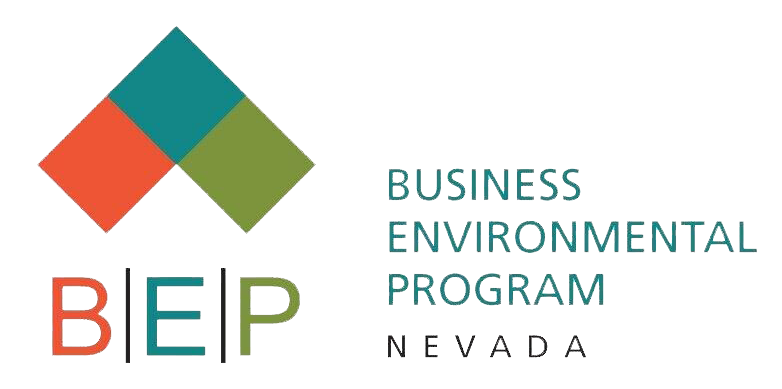Per the generator improvements rule (GIR), container management standards for generators are now located in §262.15 for satellite accumulation areas, §262.16 for small quantity generators (SQGs), and §262.17 for large quantity generators (LQGs). One significant GIR issue is more-stringent regulations regarding container labeling. This includes new pretransportation provisions in §262.32. Because these more-stringent labeling requirements must be adopted by RCRA-authorized states, we recommend beginning compliance now so your team is already in compliance when your state adopts them, if it hasn’t already.
Satellite Accumulation Containers
The labeling requirements for containers located in satellite accumulation areas are found in §262.15(a)(5). There are two specific requirements that must be met:
- The container must be labeled with the words “Hazardous Waste.”
- The container must be labeled with an indication of the hazards of the contents.
Examples for indicating the hazards of the contents include, but are not limited to, indicating the hazardous waste characteristic(s), application of a DOT hazard class label or placard, application of an OSHA pictogram, or application of an NFPA chemical hazard label.
90/180/270-Day Containers—LQGs and SQGs
The labeling requirements for an LQG’s 90-day containers and an SQG’s 180/270-day containers are identical. These requirements are found in §262.17(a)(5)(i) for LQGs and §262.16(b)(6)(i) for SQGs:
- The container must be labeled with the words “Hazardous Waste.”
- The container must be labeled with an indication of the hazards of the contents.
- The container must be labeled with the accumulation start date.
Pretransportation
Pretransportation requirements for LQGs and SQGs are located in Part 262, Subpart C. There are three sections in this subpart that regulate how the hazards of a waste are communicated.
- Each package (container) must be labeled according to DOT hazardous materials regulations in 49 CFR Part 172. [§262.31]
- Each package must be marked according to DOT hazardous materials regulations in 49 CFR Part 172. [§262.32(a)] In addition, the RCRA regulations require the following marking:
- Containers of 119 gallons or less must be marked with: 1) the words “Hazardous Waste” and the corresponding “Federal Law Prohibits…” statement; 2) generator’s name and address; 3) generator’s EPA ID number; 4) manifest tracking number; and, 5) EPA hazardous waste numbers (waste codes). [§262.32(b)]
- Bar coding or another nationally recognized electronic system can be used to identify waste codes on the container. [§262.32(c)]
- Lab packs that will be incinerated per §268.42(c) do not need to be marked with waste codes, except D004–D008 and D010–D011, where applicable. [§262.32(d)]
- A generator must placard or offer the initial transporter the appropriate placards in accordance with DOT hazardous materials regulations in 49 CFR Part 172, Subpart F. [§262.33]
Perhaps the most nuanced part of the pretransportation requirements is that only containers 119 gallons or less in capacity have to meet the §262.32(b) marking provisions. While a 55-gallon drum would need to meet these requirements, a DOT intermediate bulk container, such as a 275-gallon tote, would not. In practice, however, many generators choose to mark their totes and larger containers in the same manner as their drums.
